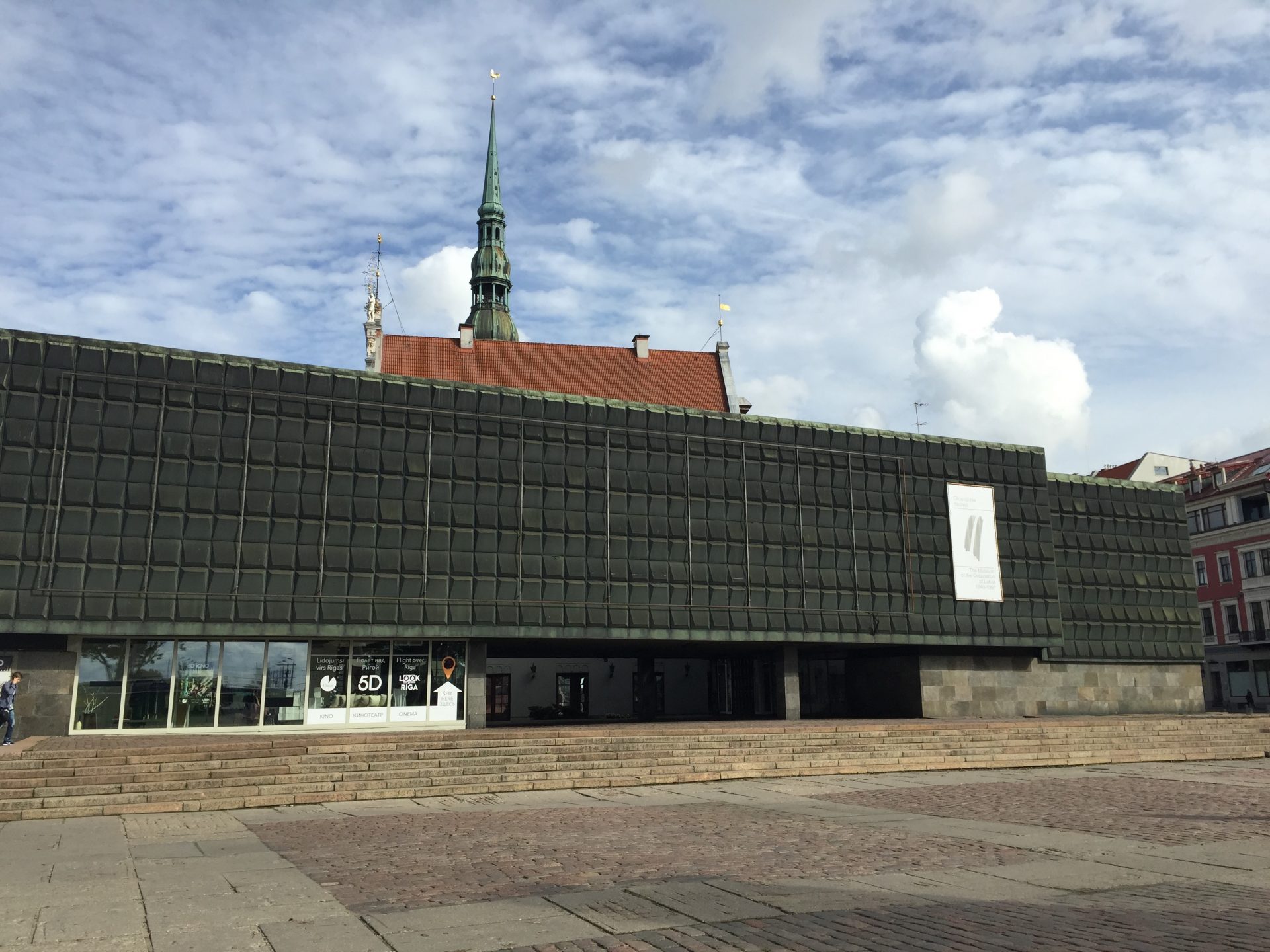This article has partner links that I may receive compensation from at no cost to you. Thank you for supporting my site by using them!
Riga, Latvia shares a similar history with the rest of the Baltic region, a history that is told throughout the museums in Riga. During the 20th century, Riga was constantly stuck between two massive powers, Germany & Russia. The city, along with the rest of Latvia, was passed back and forth between the two, with brief periods of independence as well.
Here’s a quick summary of who controlled Latvia during the 20th century:
- Russia: Until 1918, but…
- German occupation during WWI: 1915-1918
- Independence: 1918-1939
- Russian occupation: 1939-1941
- German occupation during WWII: 1941-1944
- Russian occupation: 1944-1990
- Independence: Since 1990-1991, but Latvia officially celebrates its independence day as November 18, 1918
That’s just a brief summary roughly covering the years; the full history of Latvia is worth reading here. As you would expect from being in the middle of battles during two World Wars and additional occupations punctuated by fights for independence, the recent history of Riga has been painful. While the country is looking toward the future as part of the European Union, it still remembers the recent past’s scars.
I visited several museums while I was in Riga. The museums cover somewhat different aspects of Latvian history, but they helped give perspective on how the city has become what it is today. Two particularly excellent museums in Riga are the Museum of the History of Riga & Navigation and the Museum of the Occupation of Latvia.
The best museums in Riga, Latvia
Museum of the History of Riga & Navigation
At first glance, the Museum of the History of Riga & Navigation combines two disparate topics. However, given the position of Riga on the Baltic Sea, it’s clear that the city’s history is closely tied to navigation & seafaring.
Book your hotel in Riga now!As far as history museums go, the Museum of the History of Riga & Navigation was a standard city museum. Founded in 1773, it’s one of the oldest museums in Europe. The museum was surprisingly large given the size of Riga, though the exhibits weren’t always presented in an exciting way, the collection was thorough, including prehistory, weapons, clothing, furniture, decorations, and other aspects of Latvian life.

One of the more interesting exhibits in the museum was the remains of a 13th-century ship. There were also several ship models & navigational instruments.
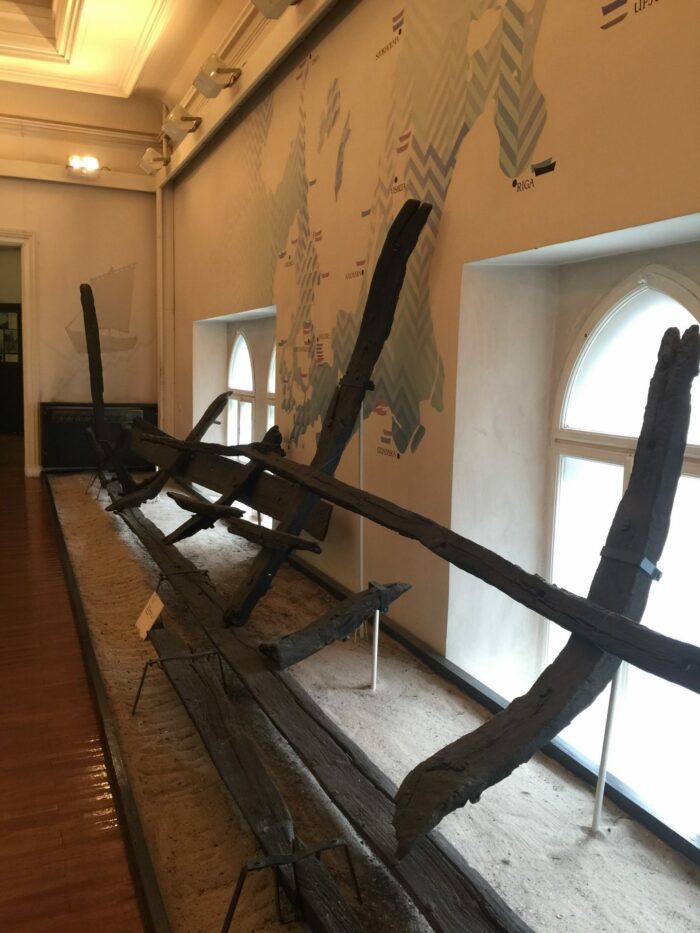

The museum could do with some updating, as many of the exhibits looked a bit dated. None of the descriptions were directly in English, but a few translation cards were available in each room. This was fine since it wasn’t busy, and perhaps even during the height of tourist season, the museum still isn’t crowded.
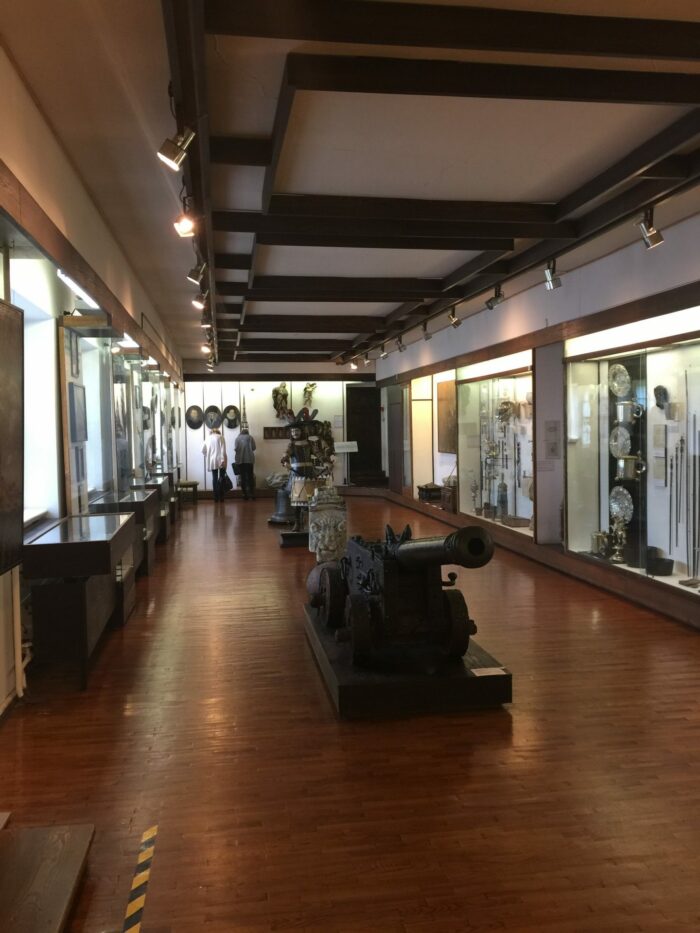
At first glance, it seems strange that the museum only really covers the period up until 1940. On one hand, it could be due to how the museum looks like it hadn’t had many recent updates, but more likely, it is because there’s another museum that covers recent Latvian history more extensively.
Museum of the Occupation of Latvia
If you visit one museum in Riga, make sure it’s the Museum of the Occupation of Latvia. As I mentioned earlier, 20th-century Latvian history was a dark period. The Museum of the Occupation of Latvia holds nothing back in demonstrating this history, covering the occupation period from 1940-1991.
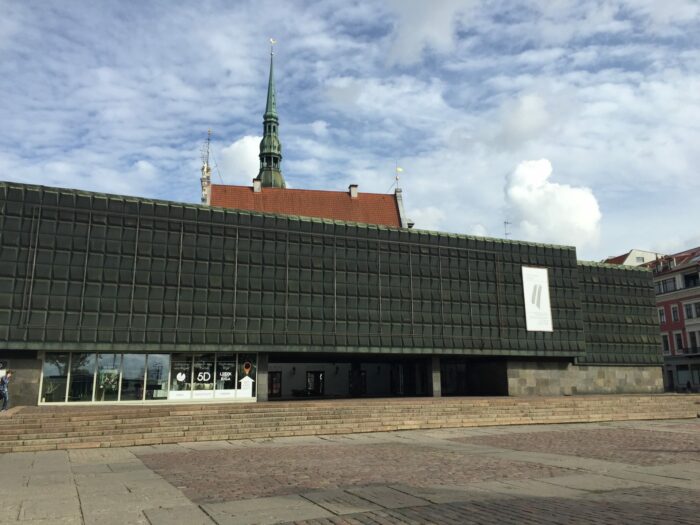
Latvia lost 550,000 people during the Soviet and German occupations due to murder, war, deportations, refugees, and disappearances. That was a loss of more than a third of the population between 1939 & 1949.
The museum pulls no punches in showing just how awful the period was. Just inside the entrance to the main exhibit on the second floor, there is a 10-minute video in English that summarizes the occupations.
Throughout the rest of the museum, there are additional personal stories with vivid descriptions of life in occupied Latvia, including this one about the parasha toilet situation in Russian jails and concentration camps.

Once you’ve watched the video, there are then exhibits about the Soviet occupation, including the June 14, 1941 mass disappearances to elsewhere in the Soviet Union. Soon after, the atrocities changed in the name of the oppressor, but not in scale, as Nazi Germany took over. On November 30th & December 8th, 1941, over 25,000 Jews were murdered in the Riga Ghetto during the Rumbula Massacres.
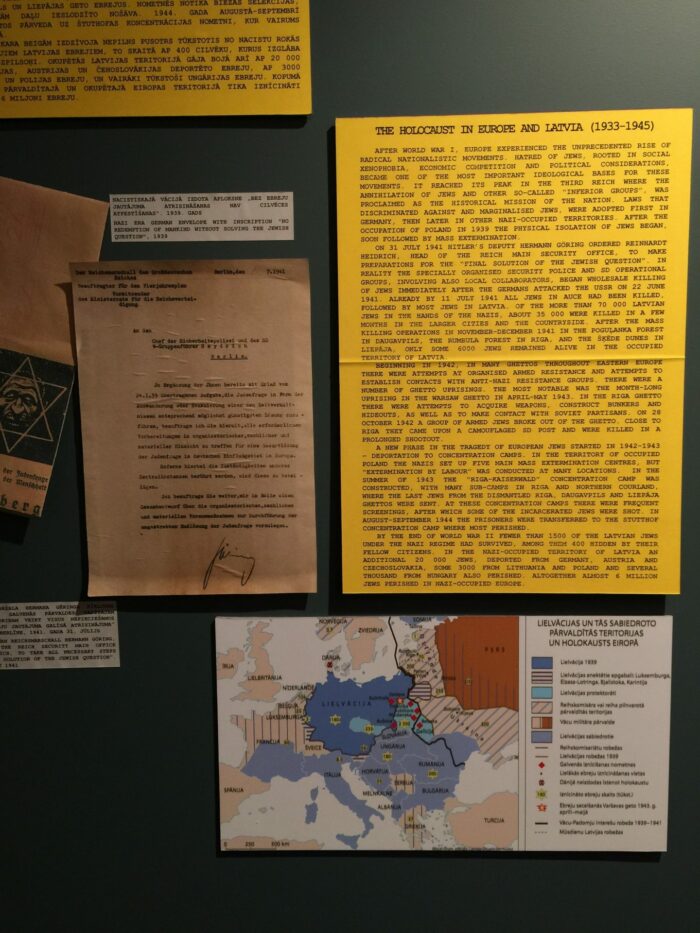
The museum continues with more exhibits about German oppression, then finally more about the Soviet period, culminating in an exhibition about the Berlin Wall. While you might not think this had anything to do with Latvia, photographs of pro-Latvian graffiti on the Berlin Wall, along with other solidarity memorabilia say otherwise. The anti-Soviet sentiment was strong all over the region. Finally, the museum concludes with Latvian independence following events such as the Baltic Chain, in which 1-2 million people joined hands between the three Baltic nations on August 23, 1989 in a show of solidarity against Soviet rule.
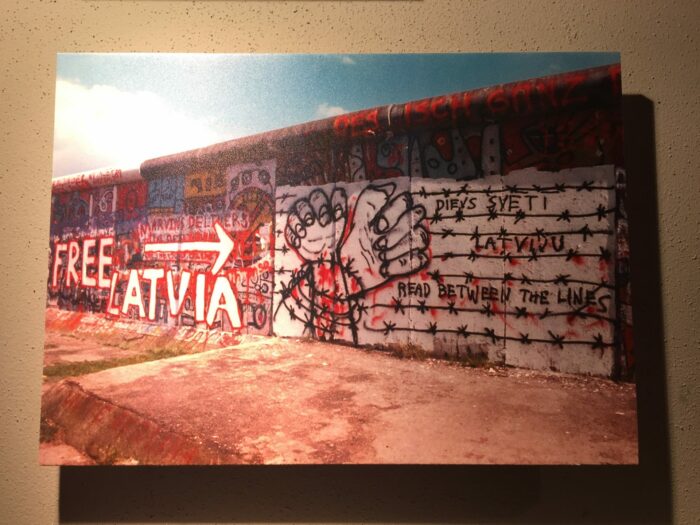
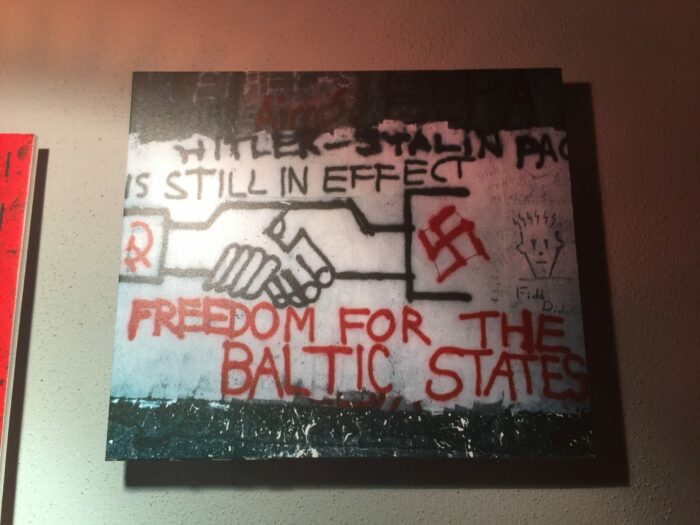
I saw some odd bad reviews of the museum, but as with the last time I visited a site associated with the Holocaust, I believe that they are written by vile Holocaust deniers & others who refuse to acknowledge just how badly the people of Latvia were treated.
While the Museum of the Occupation of Latvia is fairly small, it will be expanded soon. In fact, as of early 2016, the collection has been moved to a temporary location while the building I visited can be expanded. Entry to the museum was pay-what-you-wish. I paid a couple of Euros when I entered, then more on my way out because I thought it was such a great museum, and I wanted to help their expansion. Once the building expansion has been completed, the Museum of the Occupation of Latvia should be even more impressive in its position at the center of the old town.
Other museums in Riga
I also visited a couple of other smaller museums in Riga.
The Mentzendorff House is a historic house in the old town. While there isn’t a lot inside the house itself, there are a few re-creations of rooms, historical artifacts, and a couple of art exhibitions. Access is available as part of a combined ticket with the Museum of the History of Riga & Navigation.
The Latvian Photography Museum is also located in the old town & is available on the same combined ticket. It’s a small space, but it has some old photographic equipment used in Latvia, along with interesting exhibitions such as the one that was featured when I was there. The exhibition from Russian photographer Olga Ingurazova featured photographs from Abkhazia, a tiny area of Georgia that is currently under Russian control. I had never heard of Abkhazia before seeing the moving photographs, but reading more, it’s a complicated situation that shows how messy the region can be.
No visit to Riga is complete without visiting several of its museums, each focusing on different time periods, all together forming a more complete view of a difficult past.

